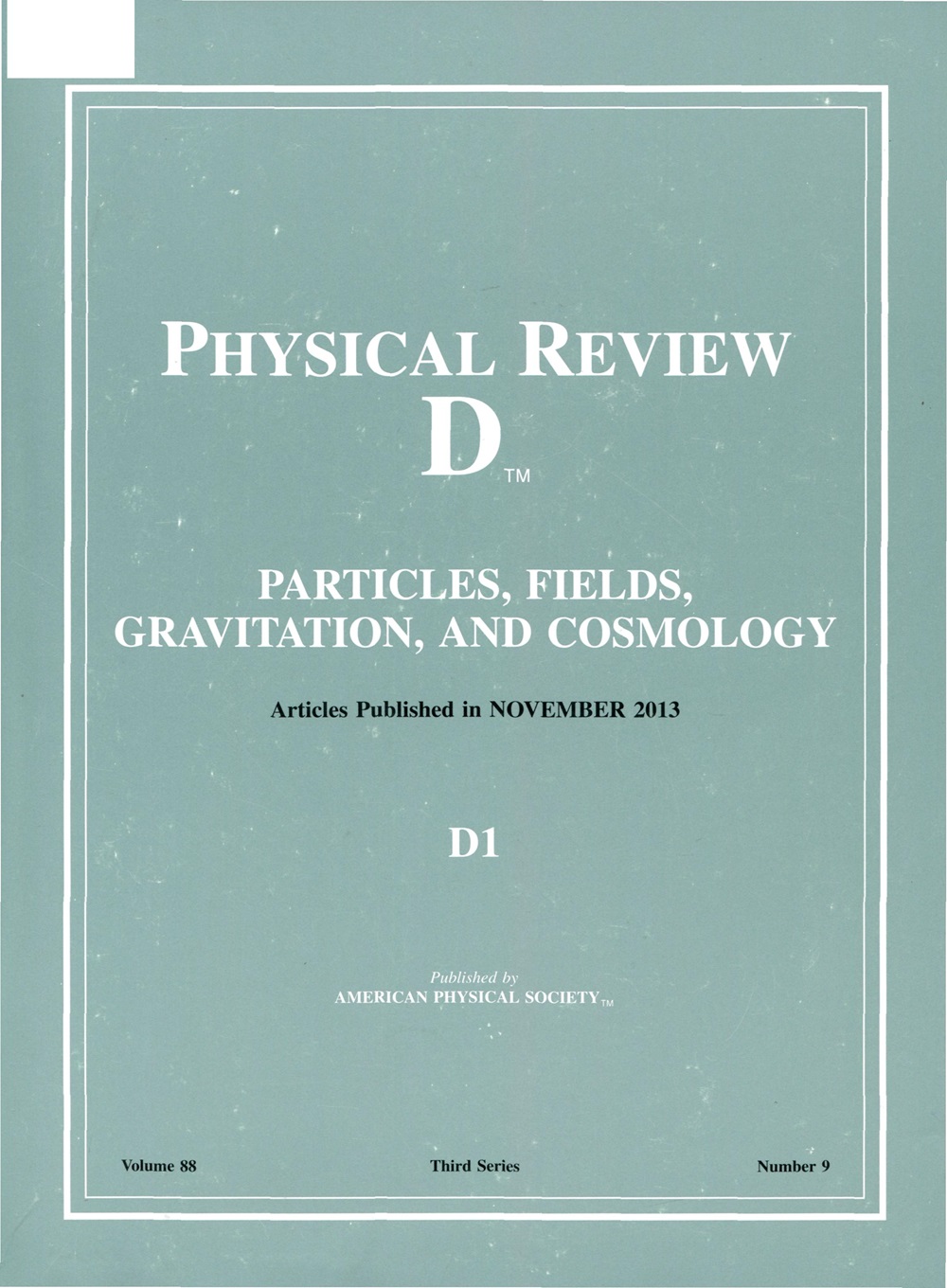基于优化保形预测的瞬态引力波噪声伪影的分类不确定性
IF 5.3
2区 物理与天体物理
Q1 Physics and Astronomy
引用次数: 0
摘要
随着机器学习(ML)算法在科学研究中的应用越来越多,需要可靠的不确定度量化。当进行测量时,它不足以提供结果,我们还必须声明我们对测量有多自信。当从ML算法获得结果时也是如此,而且与传统的统计方法相比,ML算法的内部工作通常不太透明,因此可以说更是如此。此外,许多机器学习算法不提供不确定性估计,必须应用辅助算法。保形预测(CP)是一个为ML点预测器提供不确定性量化的框架。本文探讨了CP在引力波天文学中故障分类中的应用及其性质。具体来说,我们演示了CP在Gravity Spy故障分类算法中的应用。CP利用分数函数,一种不一致性度量,将算法的启发式不确定性概念转换为严格的不确定性。我们使用Gravity Spy应用程序来探索不同不合格度量的性能,并针对我们的应用程序进行优化。我们的结果表明,最优的不合格度量取决于具体的应用,以及用于量化性能的度量。2025年由美国物理学会出版本文章由计算机程序翻译,如有差异,请以英文原文为准。
Classification uncertainty for transient gravitational-wave noise artifacts with optimized conformal prediction
With the increasing use of machine learning (ML) algorithms in scientific research comes the need for reliable uncertainty quantification. When taking a measurement it is not enough to provide the result, we also have to declare how confident we are in the measurement. This is also true when the results are obtained from a ML algorithm, and arguably more so since the internal workings of ML algorithms are often less transparent compared to traditional statistical methods. Additionally, many ML algorithms do not provide uncertainty estimates, and auxiliary algorithms must be applied. Conformal prediction (CP) is a framework to provide such uncertainty quantifications for ML point predictors. In this paper, we explore the use and properties of C P C P C P Published by the American Physical Society 2025
求助全文
通过发布文献求助,成功后即可免费获取论文全文。
去求助
来源期刊

Physical Review D
物理-天文与天体物理
CiteScore
9.20
自引率
36.00%
发文量
0
审稿时长
2 months
期刊介绍:
Physical Review D (PRD) is a leading journal in elementary particle physics, field theory, gravitation, and cosmology and is one of the top-cited journals in high-energy physics.
PRD covers experimental and theoretical results in all aspects of particle physics, field theory, gravitation and cosmology, including:
Particle physics experiments,
Electroweak interactions,
Strong interactions,
Lattice field theories, lattice QCD,
Beyond the standard model physics,
Phenomenological aspects of field theory, general methods,
Gravity, cosmology, cosmic rays,
Astrophysics and astroparticle physics,
General relativity,
Formal aspects of field theory, field theory in curved space,
String theory, quantum gravity, gauge/gravity duality.
 求助内容:
求助内容: 应助结果提醒方式:
应助结果提醒方式:


